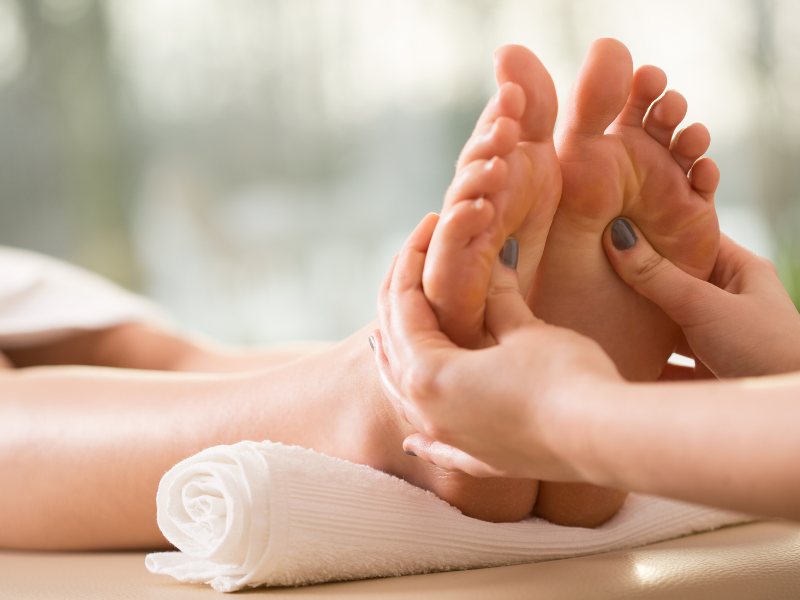
Introduction to Reflexology Reflexology is an old healing practice that has been made use of for hundreds of years to promote leisure, enhance blood circulation, and support the body’s natural healing procedures. This holistic treatment is based upon the concept that certain points on the ears, feet, and hands represent different organs and systems within the body. By using stress to these reflex factors, professionals intend to stimulate the body’s own recovery devices and restore balance.
The History and Origins of Reflexology The beginnings of reflexology can be mapped back to ancient civilizations, consisting of Egypt, China, and India. 東京 of foot and hand therapy has been discovered in old Egyptian burial places, dating as much back as 2330 BC. In traditional Chinese medication, the idea of “qi” or vital force power flowing through meridians in the body shares resemblances with reflexology concepts. The contemporary technique of reflexology as we know it today was established in the early 20th century by Dr. William Fitzgerald and later on improved by Eunice Ingham, typically referred to as the “mother of reflexology.”
Exactly How Reflexology Works Reflexology is based on the concept that the hands, feet, and ears are mini-maps of the whole body. Each area is believed to represent a specific organ, gland, or body part. By applying pressure to these response factors, reflexologists intend to:
Improve circulation Promote relaxation and anxiety relief Stimulate nerve feature Boost the body immune system Encourage the body’s natural recovery refines Foot Diagram Head/Brain Digestive System Spine Benefits of Reflexology While extra research study is needed to completely recognize the effects of reflexology, numerous individuals report experiencing numerous benefits from normal sessions, including:
Reduced stress and anxiety and anxiousness Improved sleep high quality Relief from headaches and migraines Alleviation of gastrointestinal problems Enhanced state of mind and psychological health Increased energy degrees Improved flow What to Expect During a Reflexology Session A common reflexology session lasts between 30 to 60 minutes. During the therapy, you’ll typically be seated or resting easily. The reflexologist will certainly start by evaluating your feet and then use their hands to use stress to specific response factors. The pressure used can vary from gentle to company, depending upon your needs and choices. Some areas might really feel extra delicate than others, which might suggest discrepancies in matching body parts.
Final thought Reflexology provides a natural, non-invasive strategy to promoting general health and dealing with various health concerns. While it must not be considered an alternative to clinical therapy, many individuals discover reflexology to be a valuable corresponding therapy that sustains their health and wellness goals. As with any alternative treatment, it’s vital to speak with a medical care specialist before starting reflexology, specifically if you have any hidden health and wellness problems or concerns.
